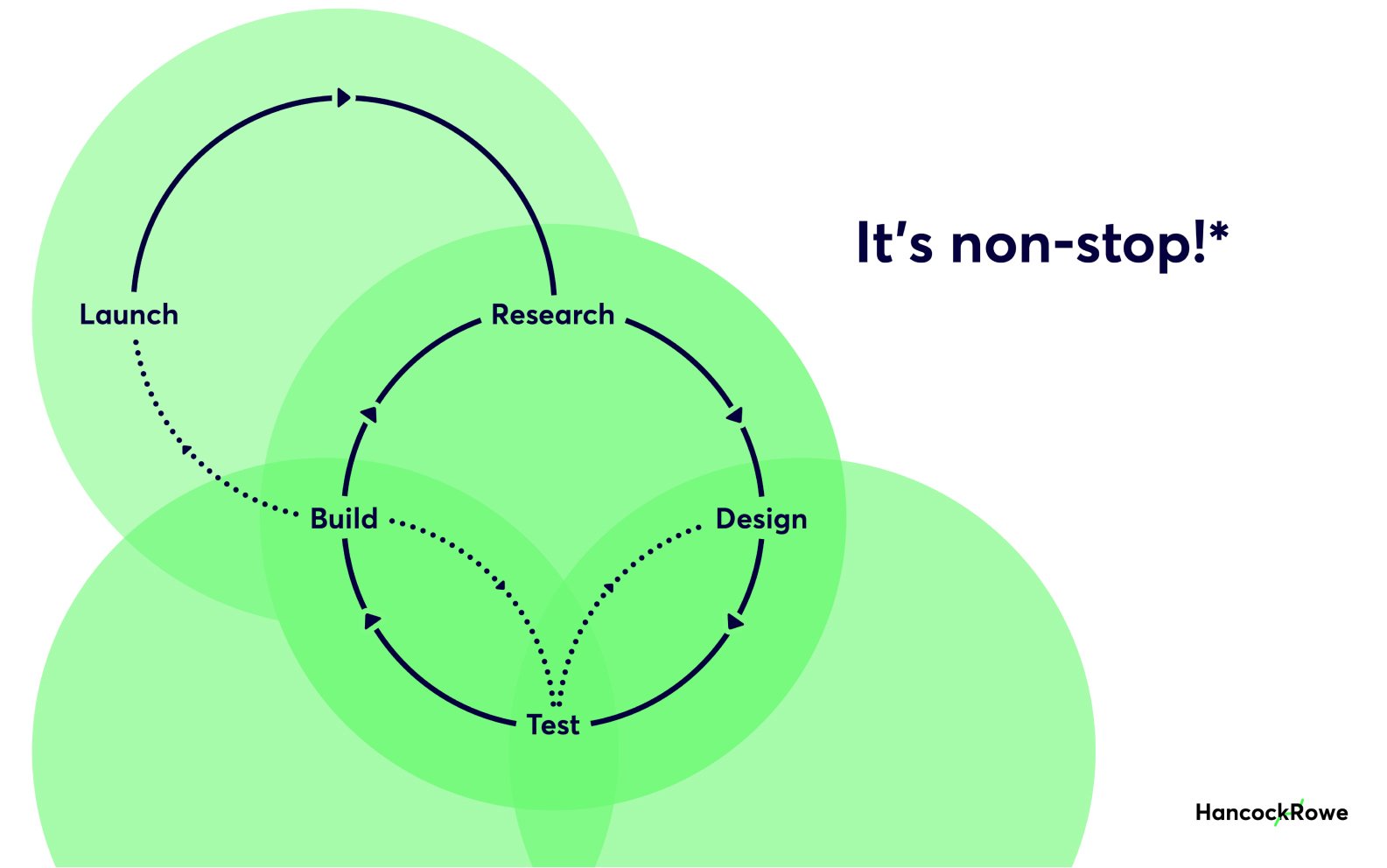What is user experience (UX) design?
Recently we have been asked by other agencies to discuss the nature of UX, it’s role and how to implement it within the design process.
What is UX?
Interaction design foundation states that UX design is:
User experience (UX) design is the process design teams use to create products that provide meaningful and relevant experiences to users.
Which is great but we feel it is missing something, so we revised it:
A design process that is led by user research to uncover the problems and inspire design solutions that create a meaningful experience that works.
Our description brings to the forefront the need of research to make sure that we are serving the users of a platform rather than designing experiences out of thin air. The research part of UX design is the foundation building blocks of any great UX design process.
What is UX not?
It’s not possible to call a process UX design if you have not undertaken the time to discuss the problems and needs of the users. Undertaken first hand research to better understand how a product can better improve someone's experience.
It is easy to get wrapped up in ‘best practices’ but these may not always resonate with your user base. Without the research and data, how can we properly demonstrate a design should be developed and launched when someone's personal preference is blocking the way?
What does UX involve?
The simple answer is: ‘A keen interest in why’.
The role of a UX designer is to question their way to the real problem and reasons why users make the decisions they make. That’s why it is so important that you should have a keen interest in why.
A good design solution is then born from having empathy and understanding for that user, keeping them at the forefront of your decision making.
Where does UX live in a digital design process?
UX lives everywhere. It touches all facets of a typical and non-typical design process. It has larger roles in certain areas but is still ever present through Discovery, Design, development and launch. Making sure that research is conducted properly with those the product concerns, that same research is carried through to design and then tested with the very users it has been created for.
What does a UX design process look like?
The key difference from a standard design process is that a UX design process is cyclical, it is a non-stop process. That is why we prefer working long term with clients so that we can continue learning about their users and provide better solutions through a product's life cycle.
With all the research in the world, you never know if something may not take the way you had hoped, that's why it is always so important to revisit and stay in touch with users when creating your digital product.

